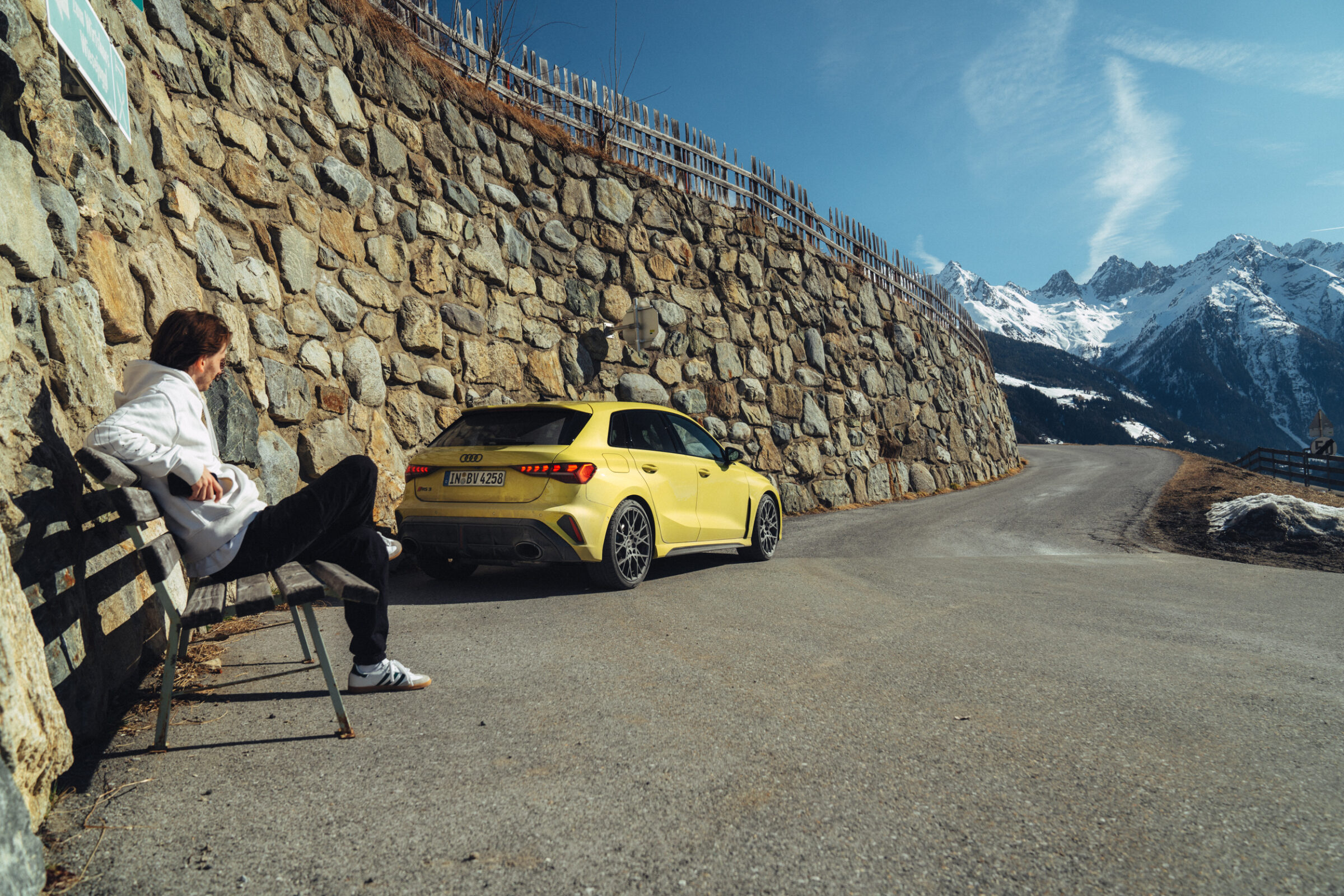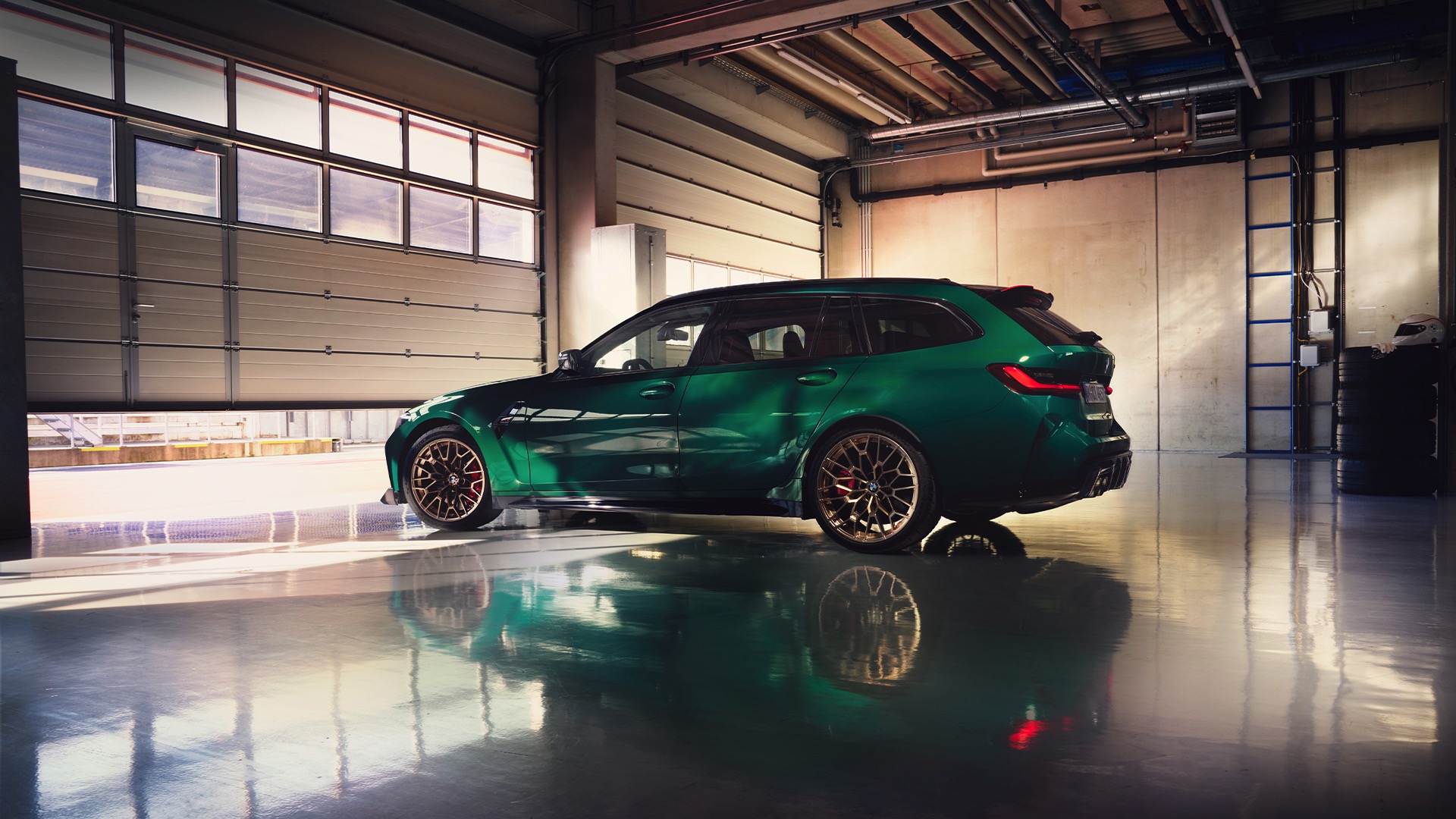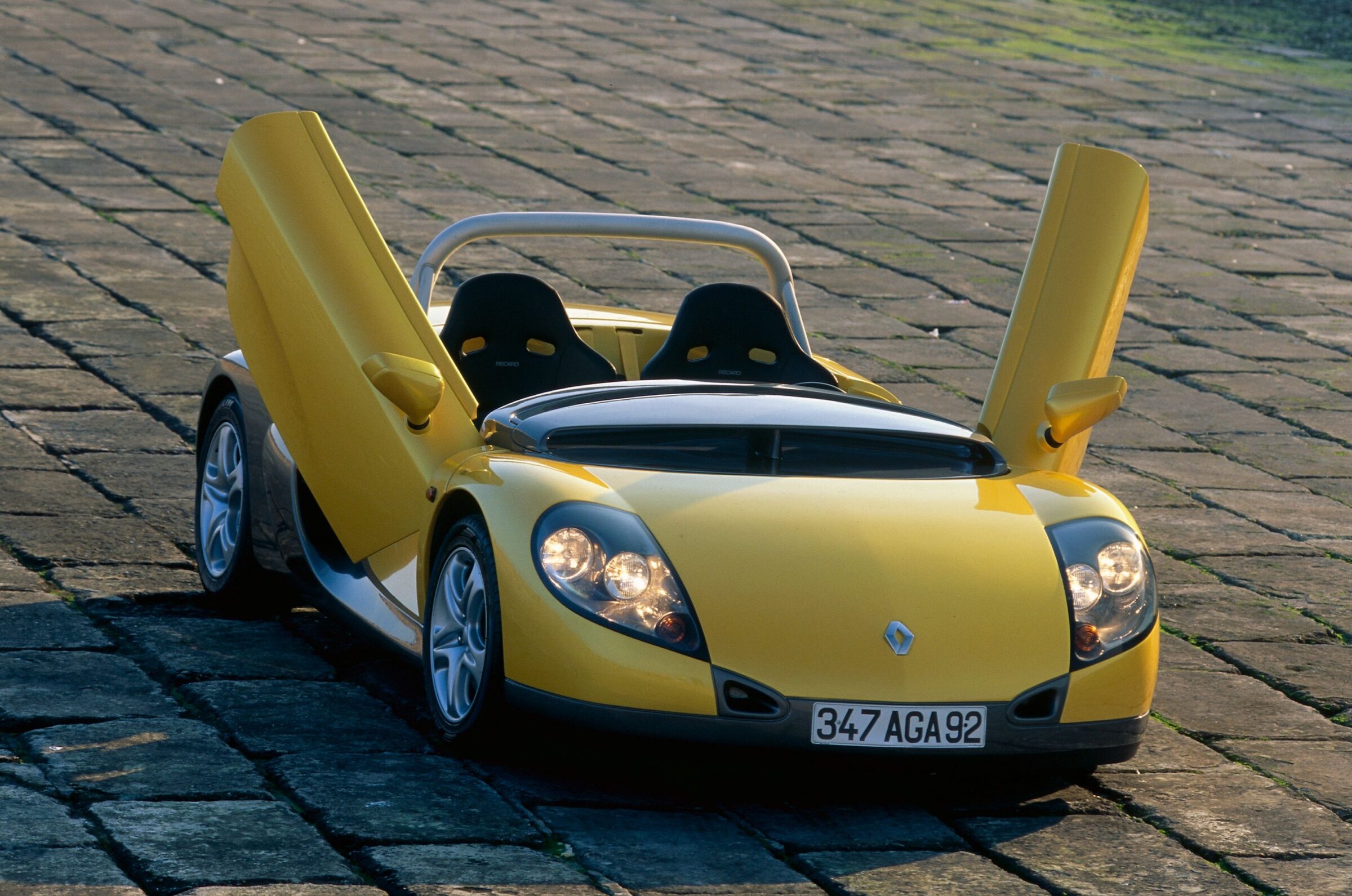Jaguar E-Type Lightweight Low Drag
Which Jaguar E-Type is the most famous example of the series? Hard to say. However, the car with registration number 4868WK is probably very high up on the list. It is one of only 12 Lightweight versions built at the factory. But that’s not all. By order of the Jaguar dealer from Frankfurt/Germany at the time, Peter Lindner, the car also received a modified bodywork. More on this later. After a short racing career, a long period of storage and an extensive restoration, this special E-Type recently changed hands. The strings for this deal were pulled in the background by classic car expert Max Girardo and his team.
Lightweight as customer racing car
But let’s start at the very beginning. Jaguar had achieved great motorsport success with the C-Type and D-Type. Many private racers hoped to build on this success with the new E-Type, which debuted in 1961. However, the new model had been tuned more as a comfortable road sports car. While some drivers turned to other brands, others persisted and asked the factory for an adequate racing variant. In 1963, this resulted in the E-Type Lightweight, of which only 12 examples were made. All of them were sold to private racing drivers. More recently, six more cars followed in a Continuation Series. All left the factory with open Roadster bodywork, on which a hardtop was firmly bolted. The chrome bumpers were omitted and the interior came without insulation material and comfort options.
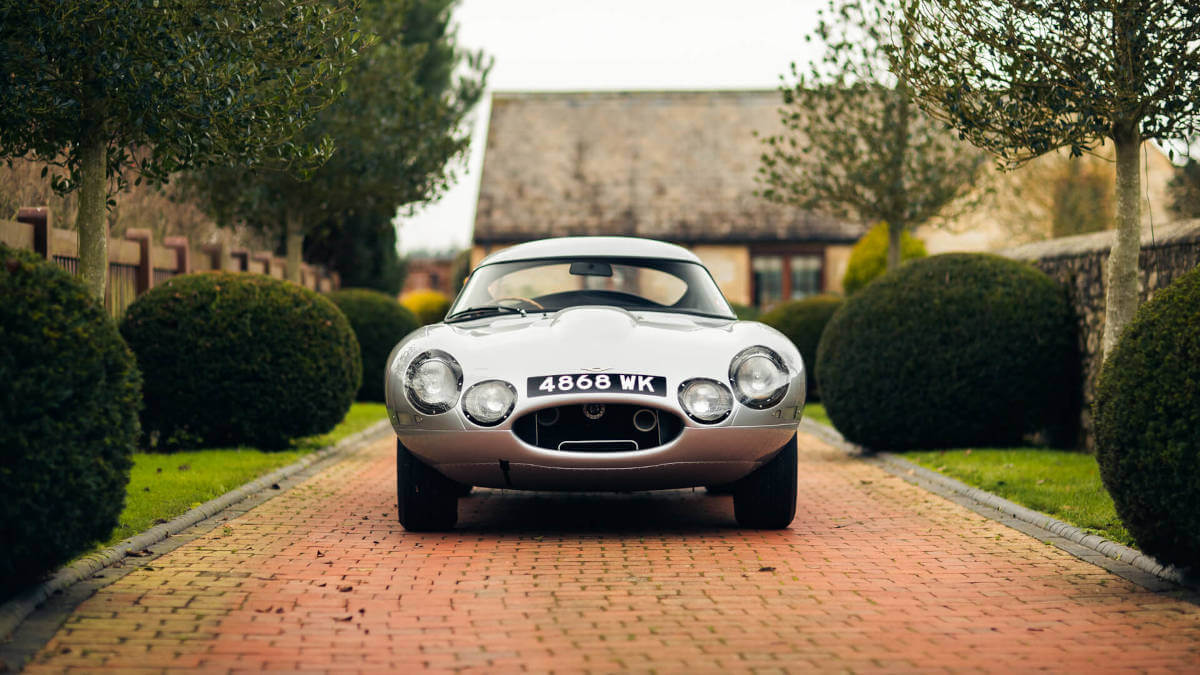

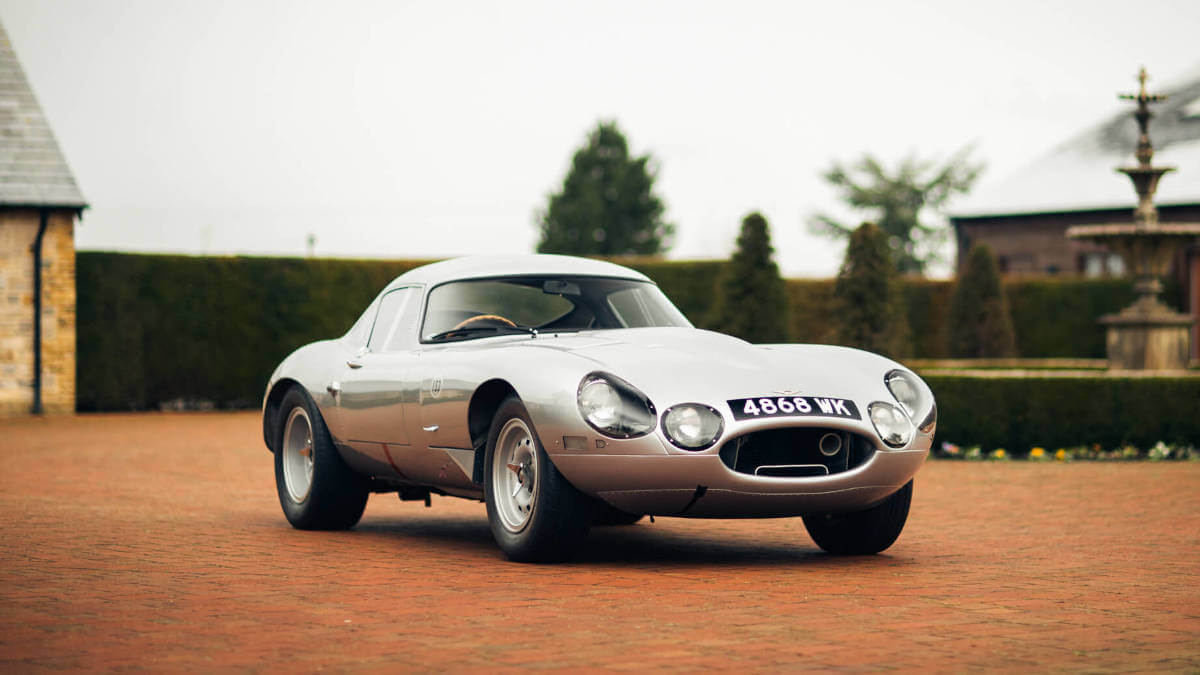

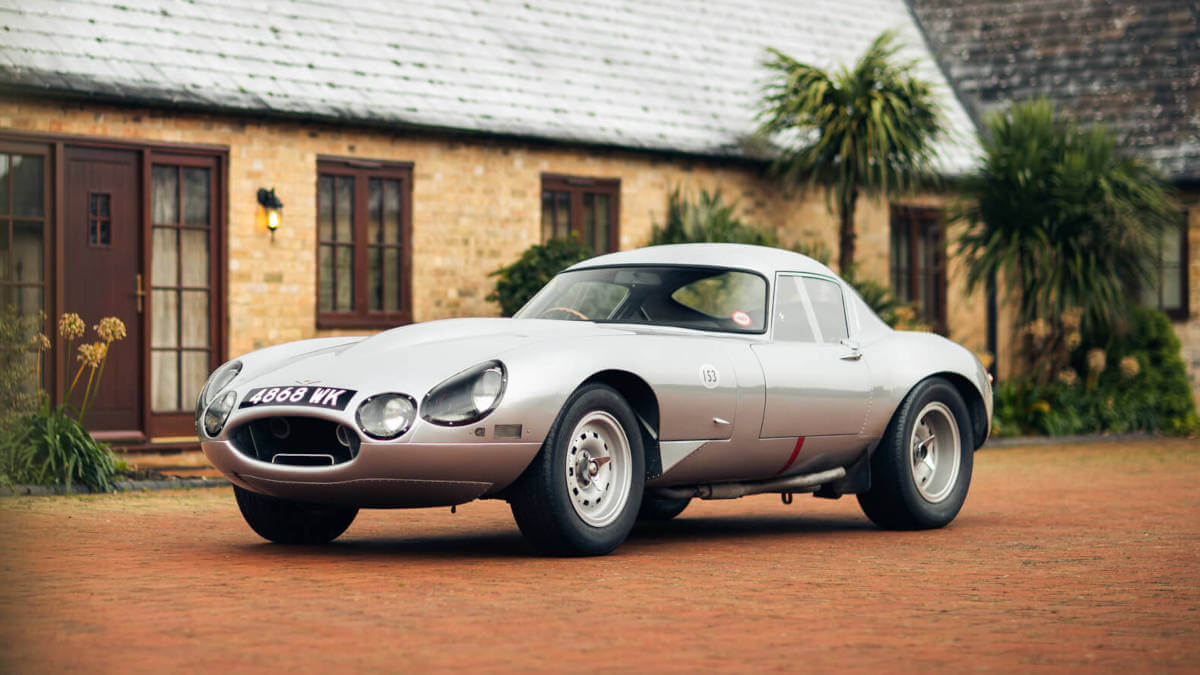

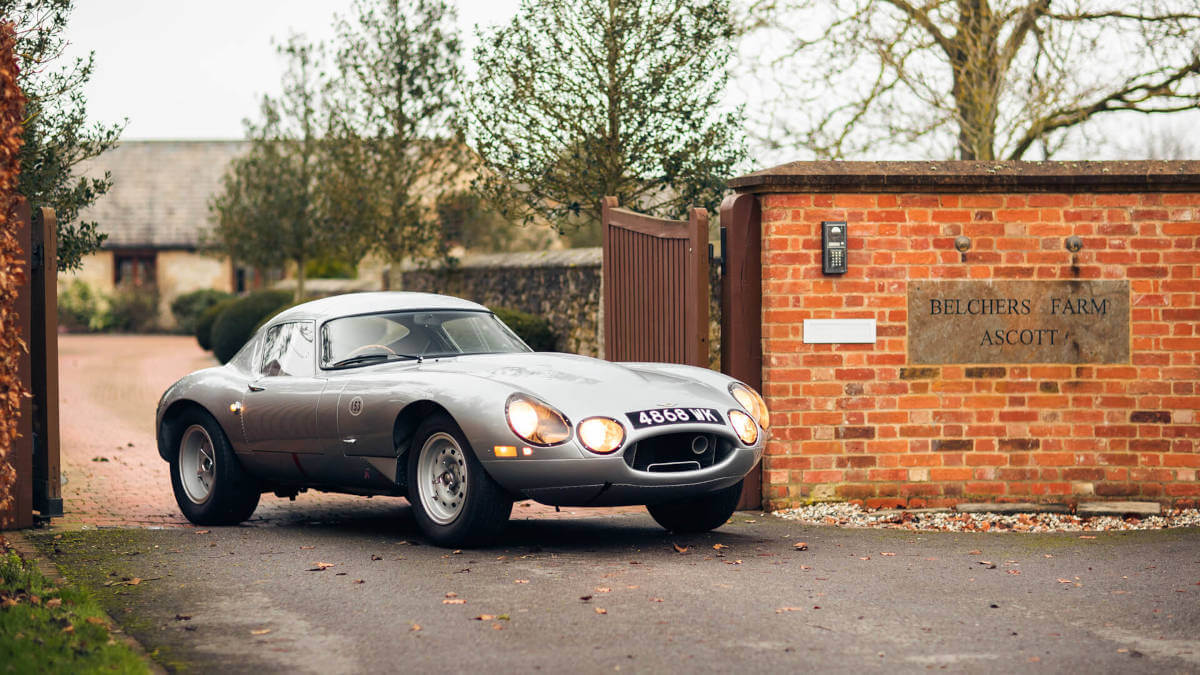

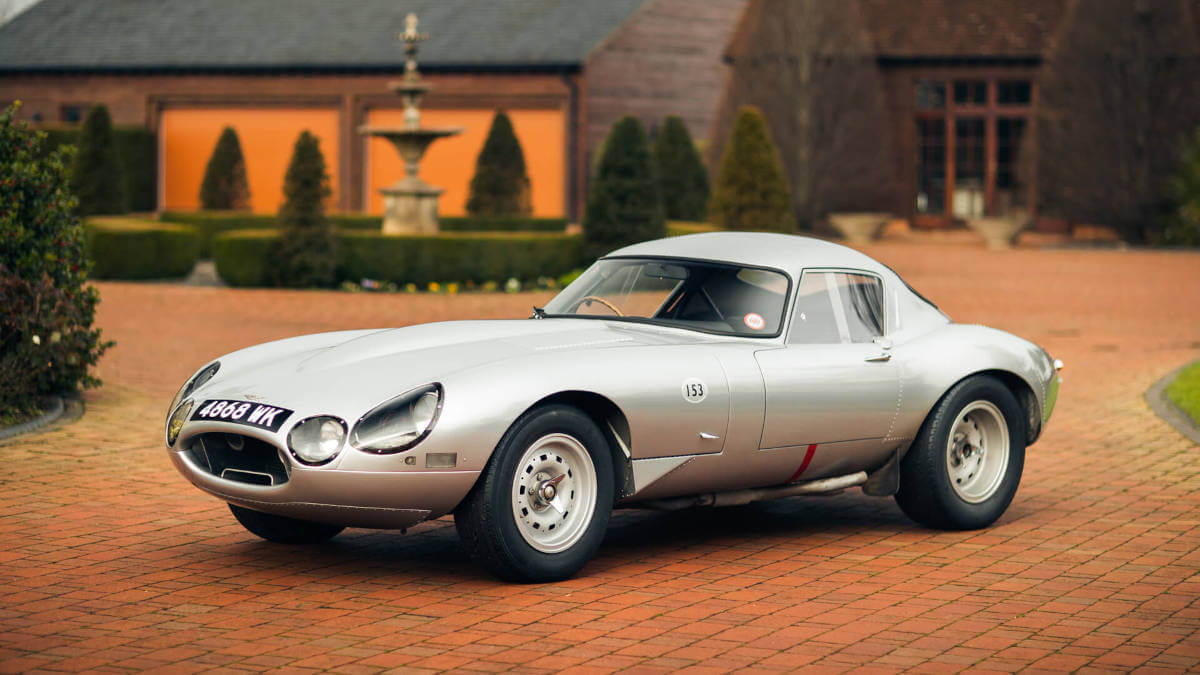

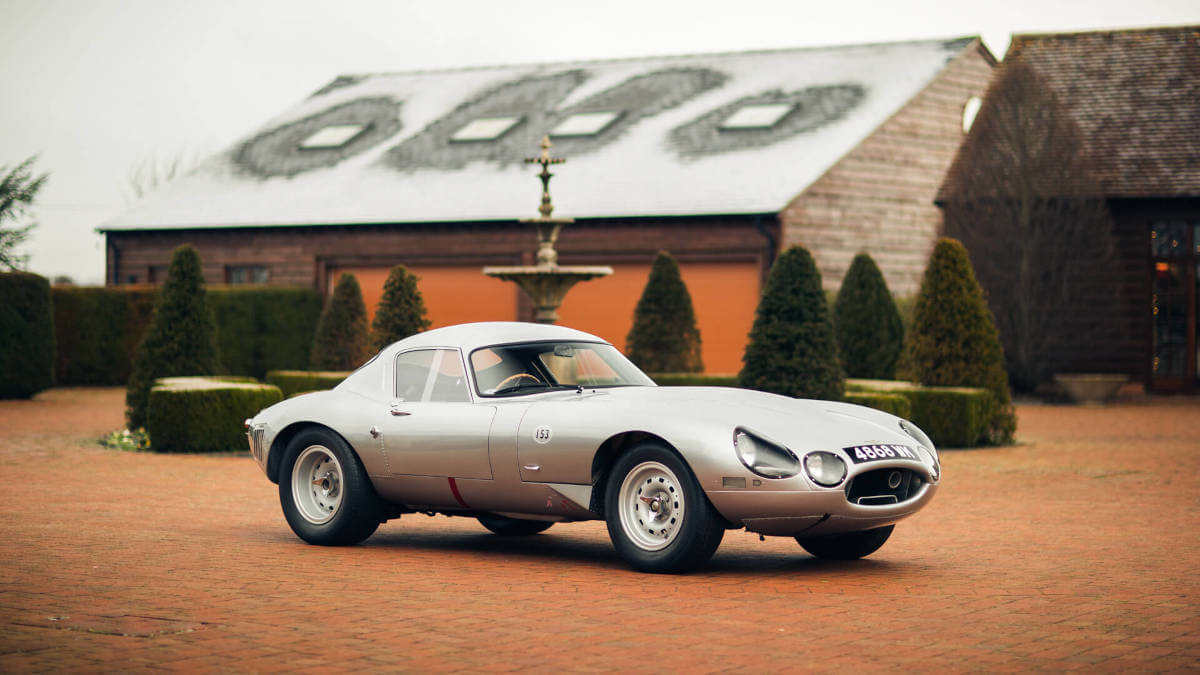

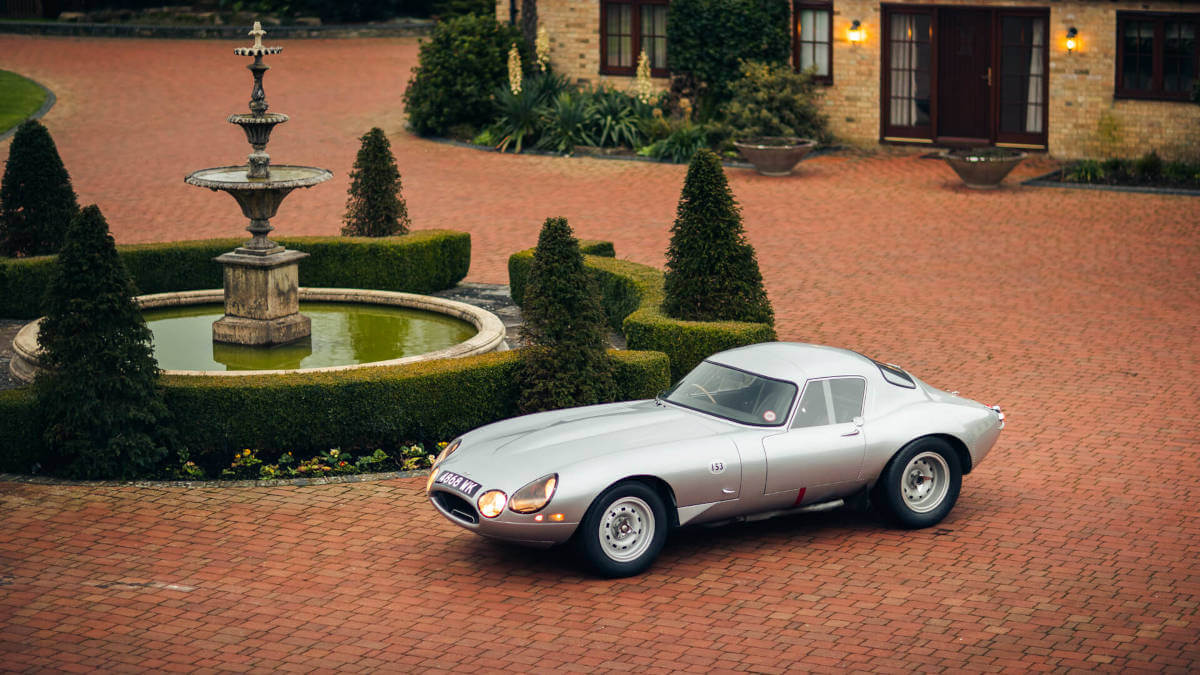

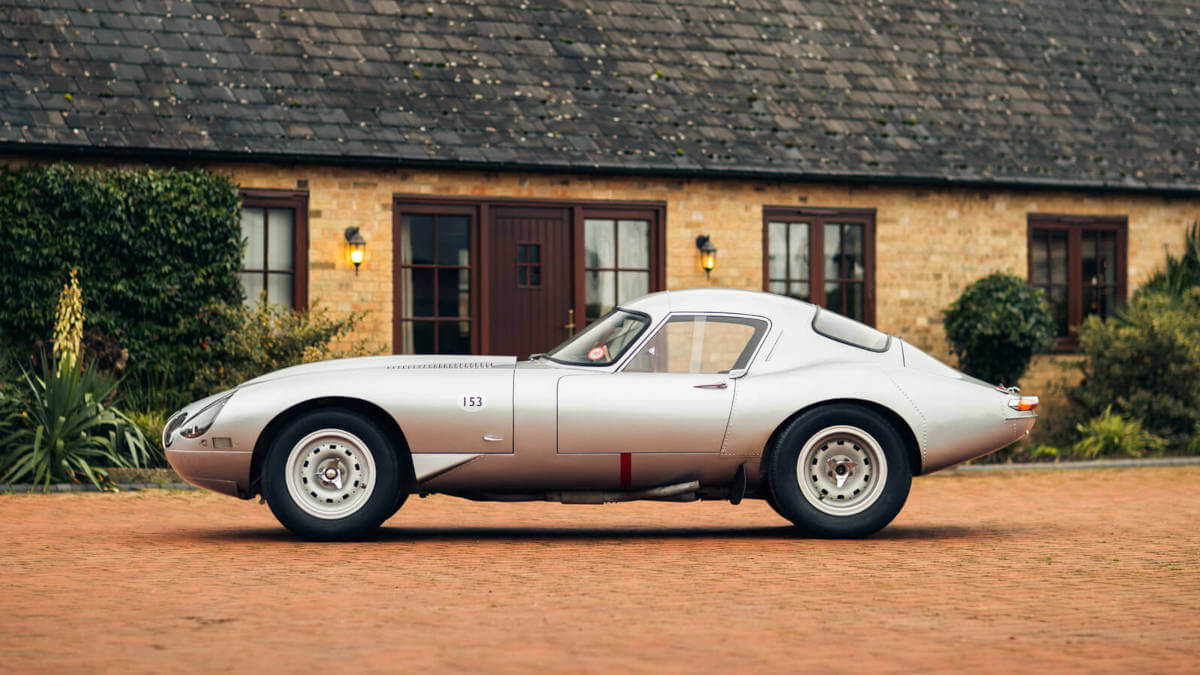

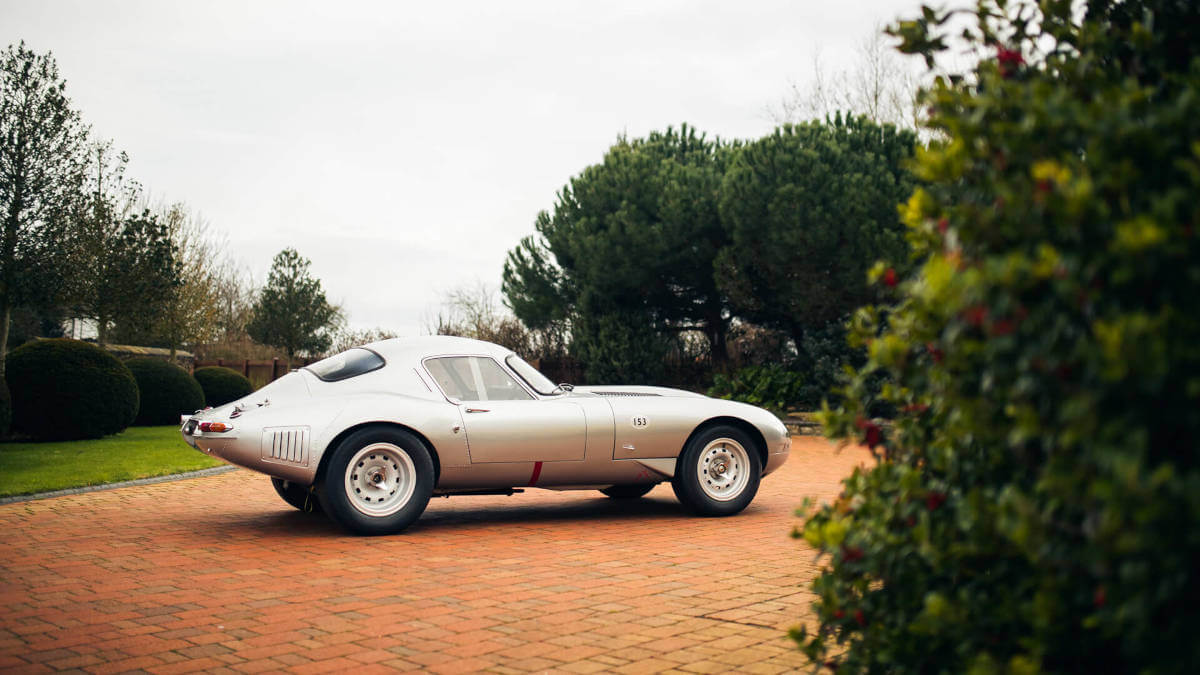

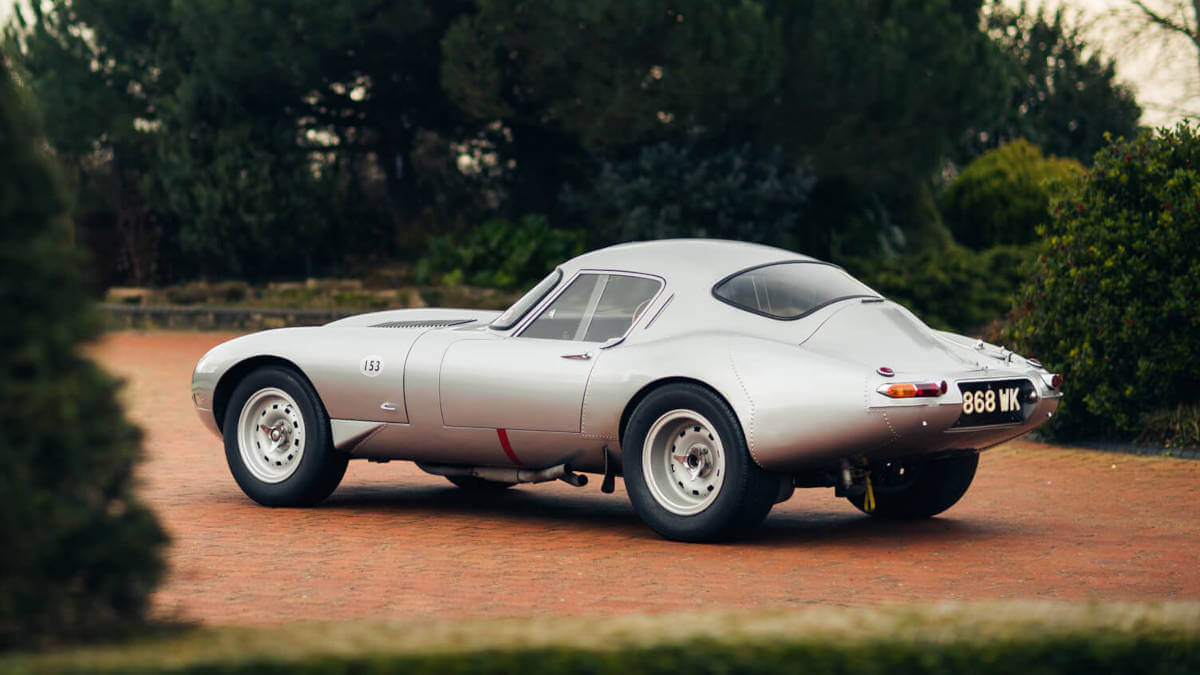

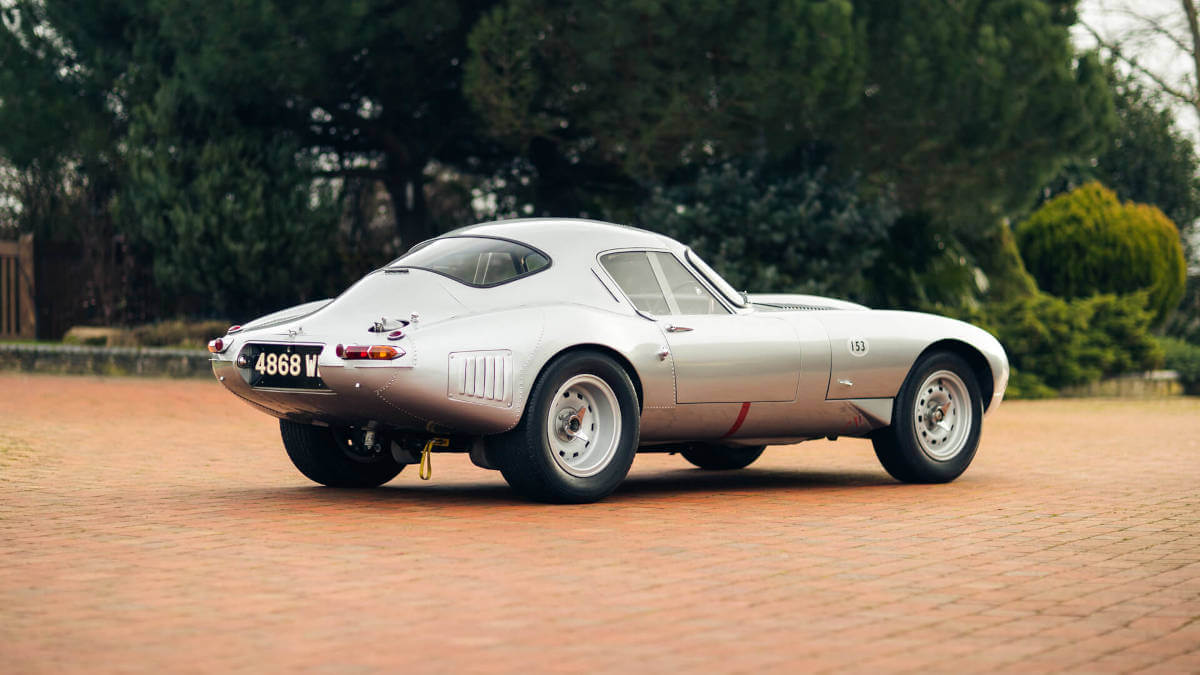

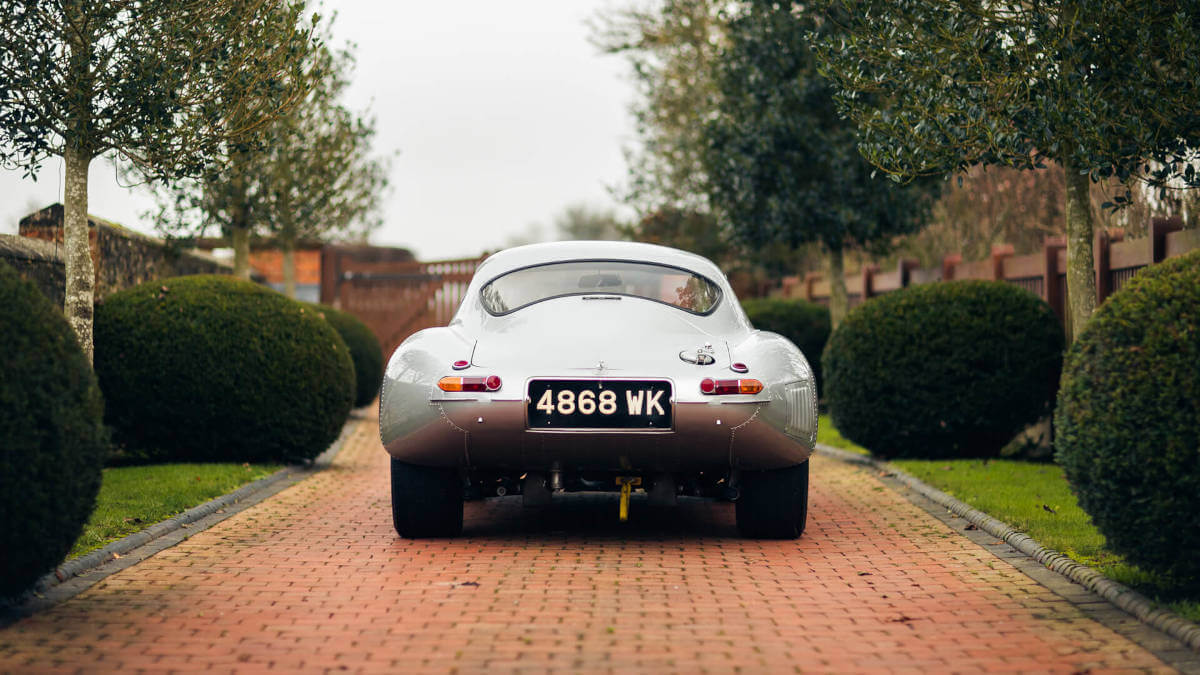

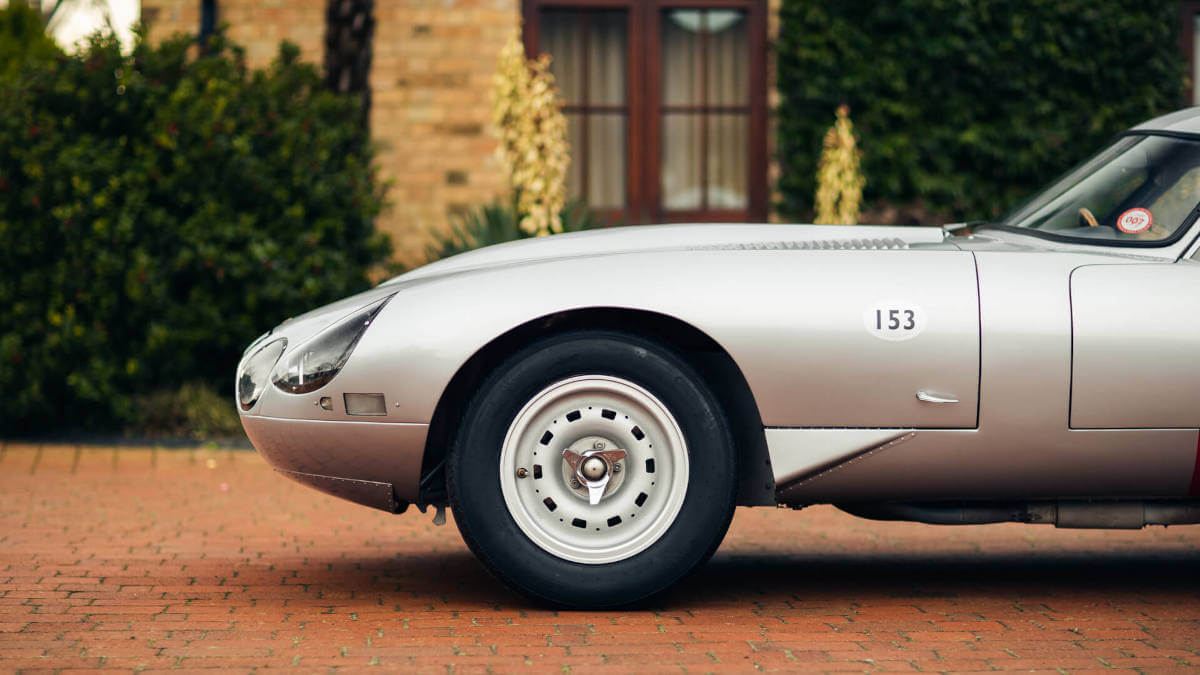

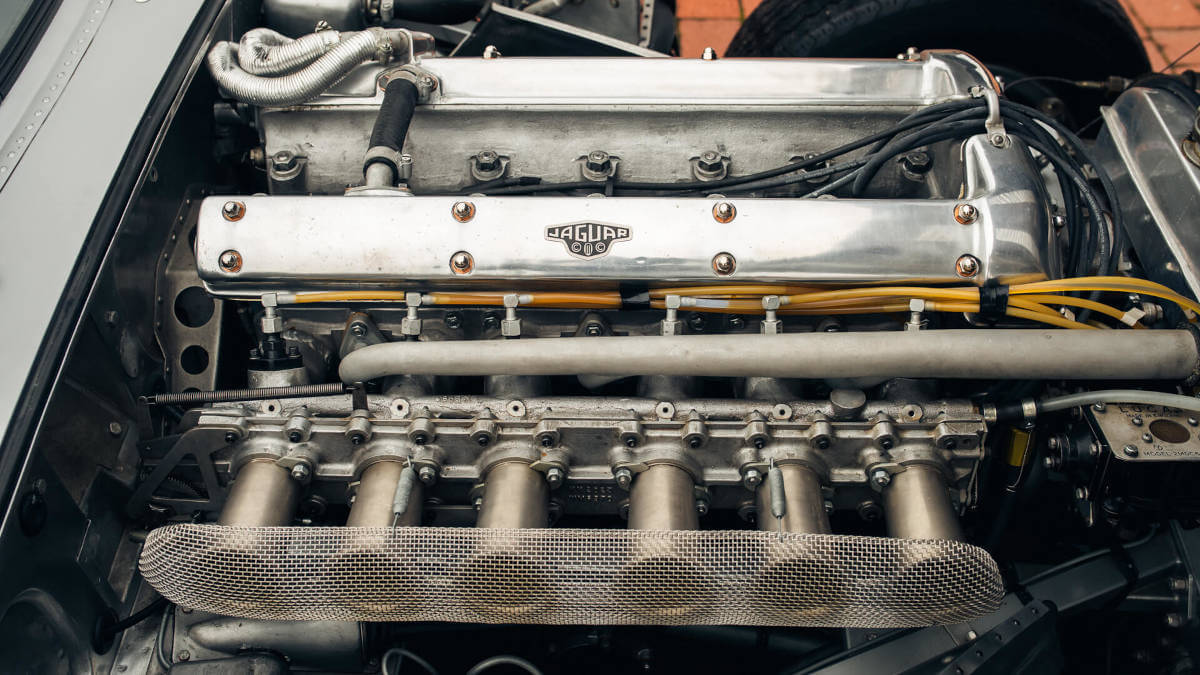

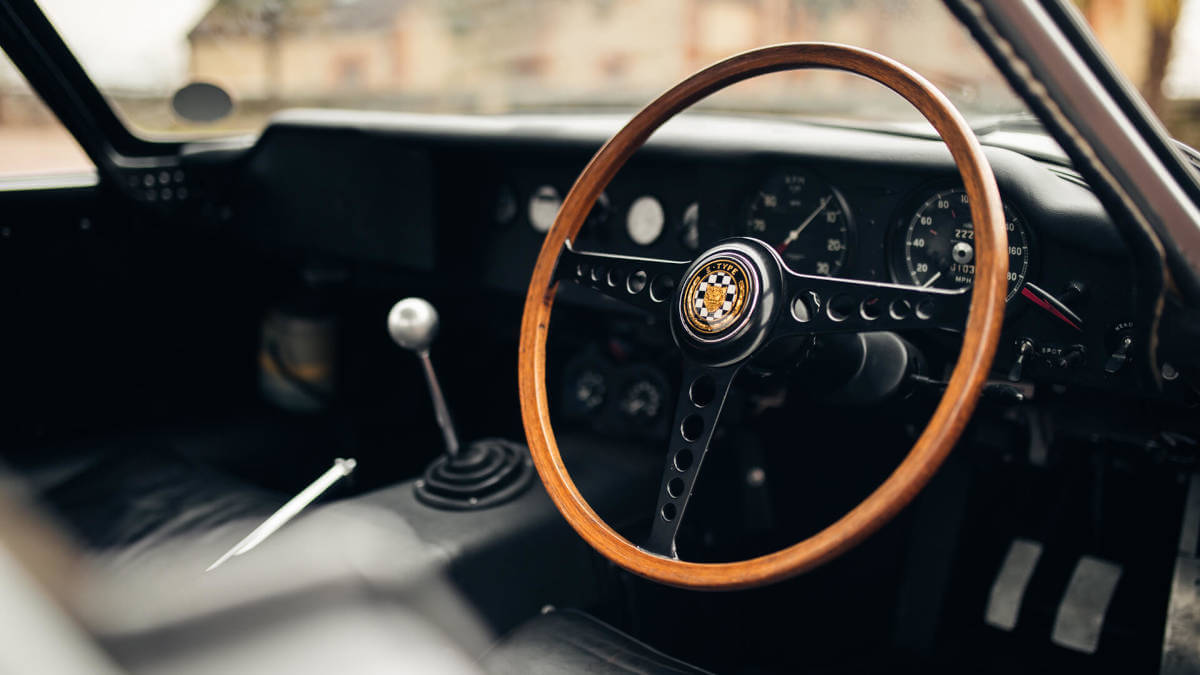

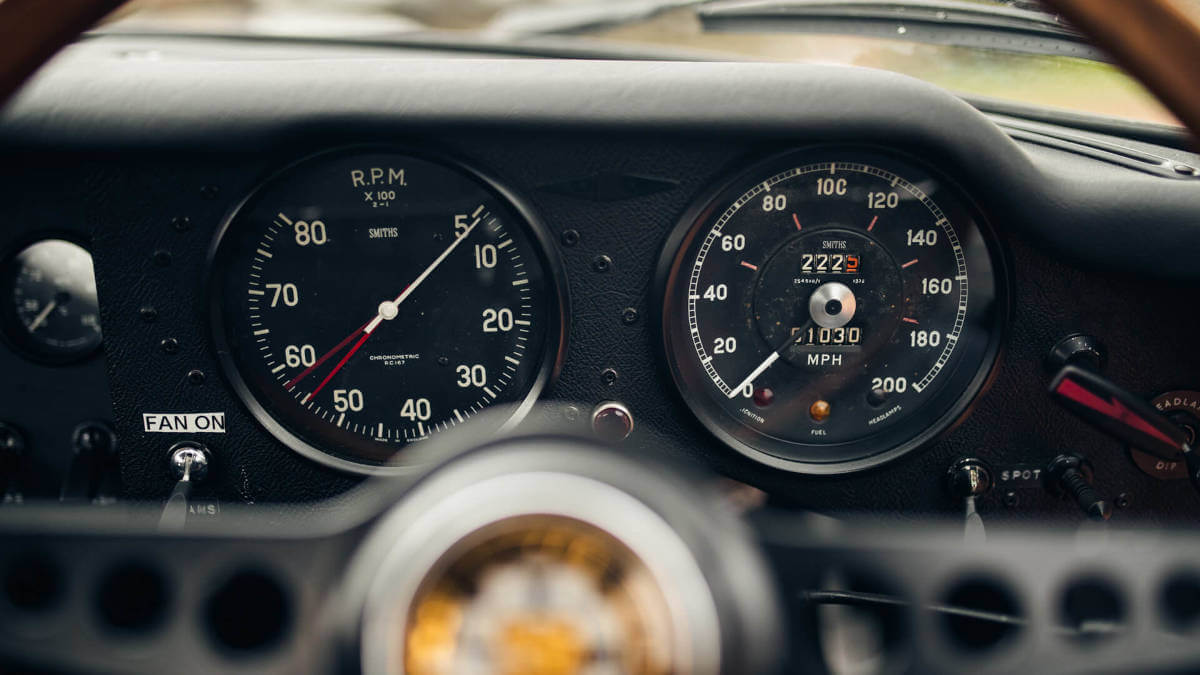

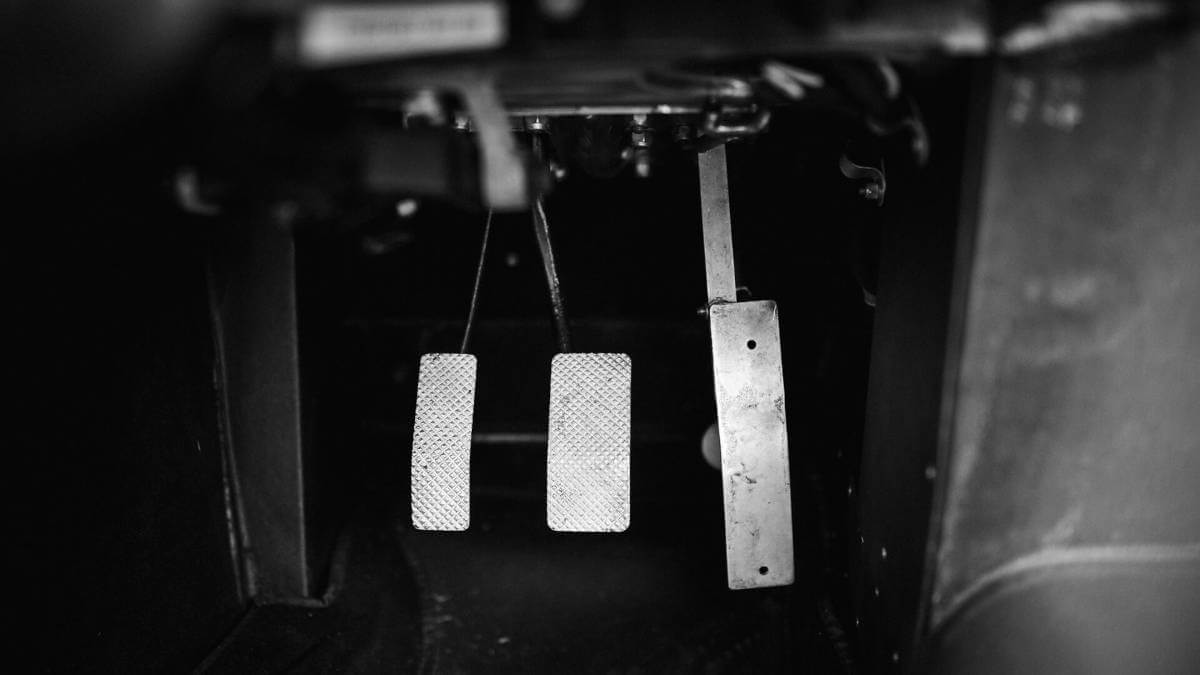

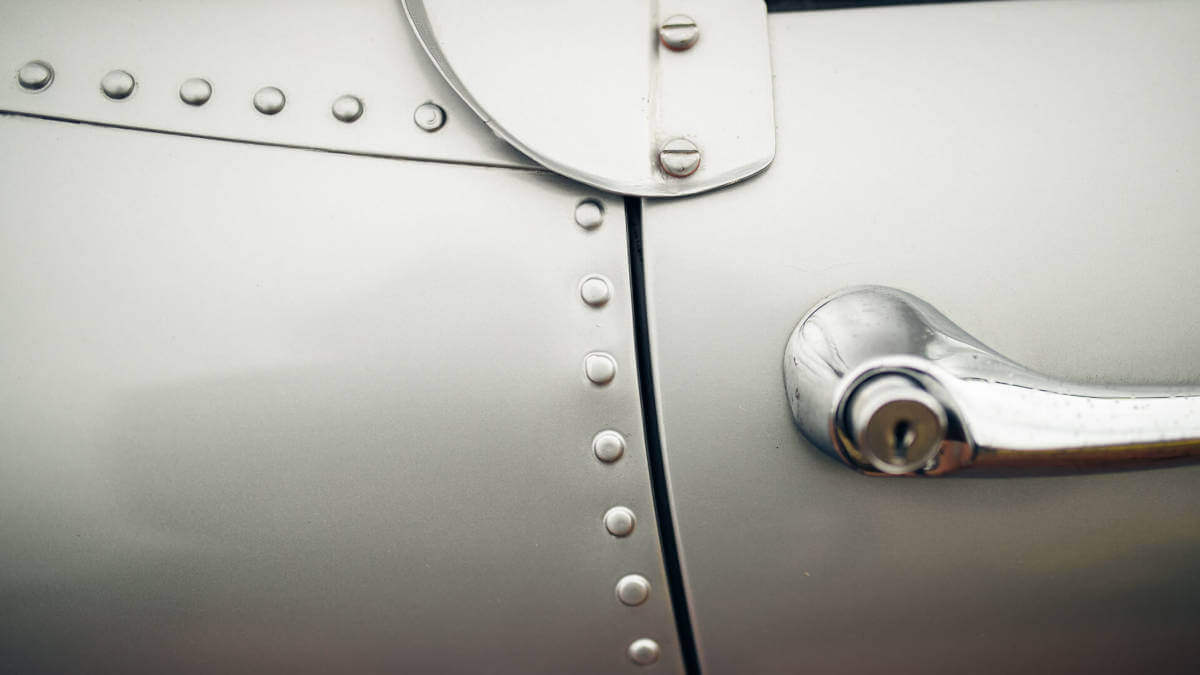

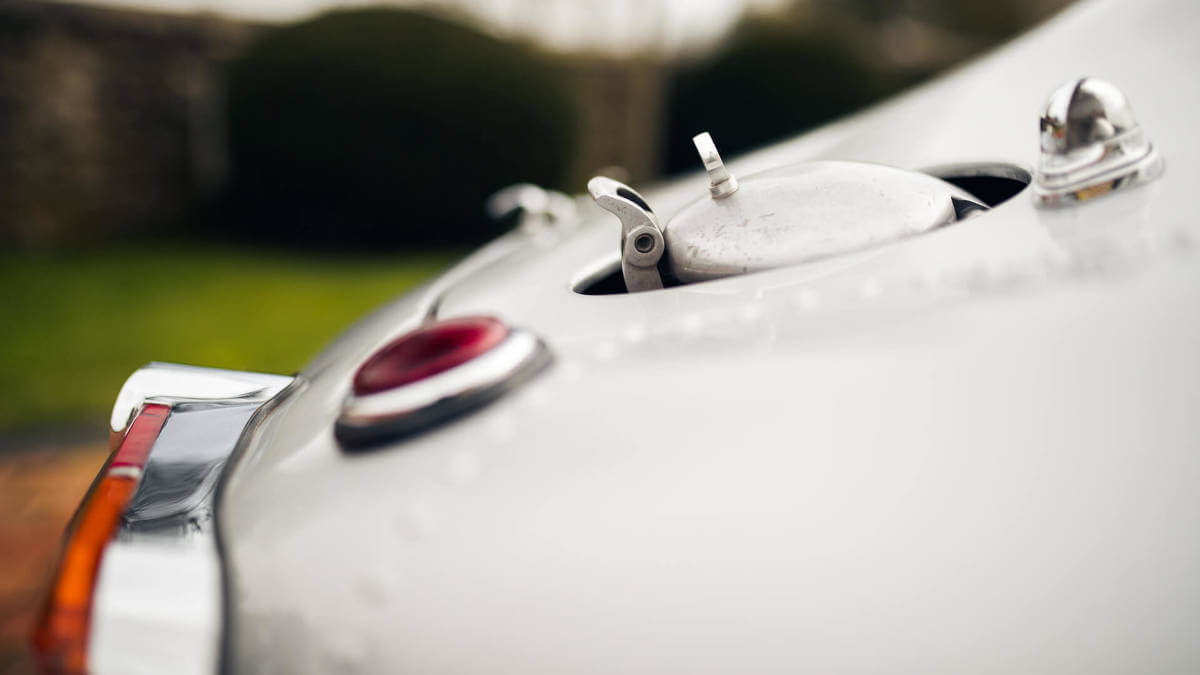

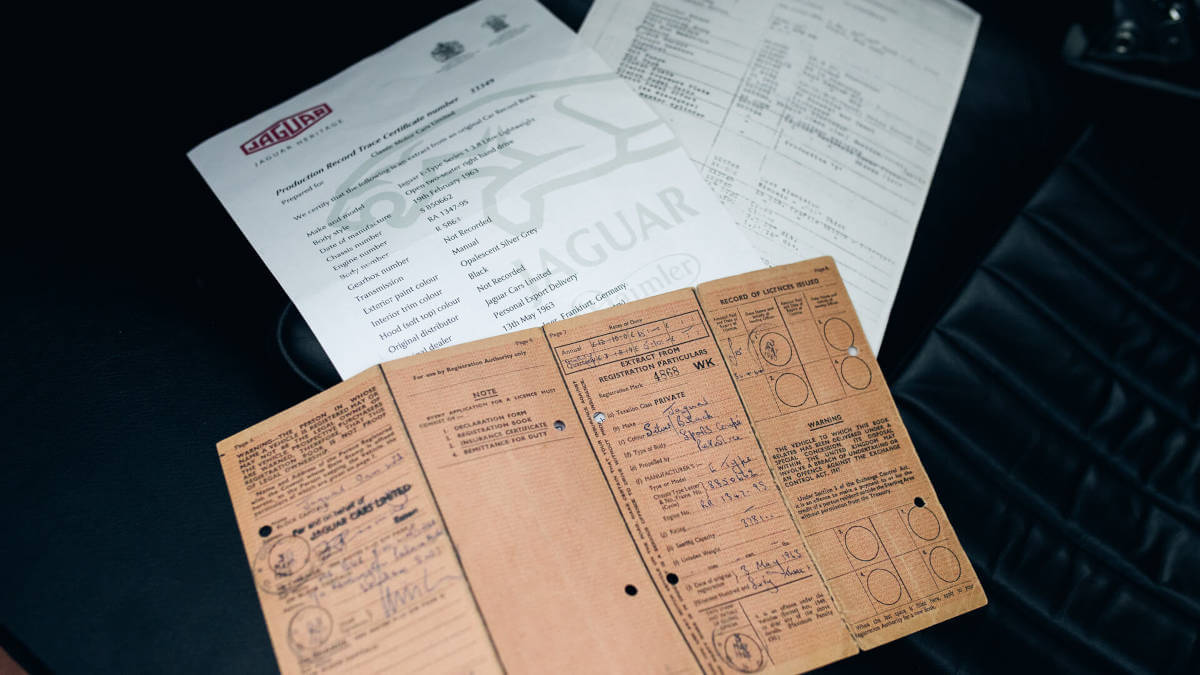

Two racing victories in original design
Peter Lindner ran a large car dealership in Frankfurt and imported Jaguar vehicles for the German market. Next to that, he competed in car races and had already made a good name for himself with a Mark II. When the E-Type Lightweight was announced, he immediately placed an order. The car he received was chassis number S850662, which he soon used in sports car races. Within the 1963 season, he won at the AVUS in Berlin and at the Norisring in Nuremberg. For the following year, he planned to compete in the 24 Hours of Le Mans. However, it was clear to him that he wouldn’t be competitive where with the normal bodywork. So he used his good contacts at the Jaguar plant in Coventry.
Less drag, more power
There, chief designer Malcolm Sayer had already been working on an aerodynamically better shaped E-Type in his spare time. His aim was to reduce drag. In the windtunnel, he came up with a version with only 84 percent of the original value for an E-Type Roadster with hardtop. He then presented this concept to Peter Lindner, who immediately ordered a conversion based on his E-Type Lightweight. Sayer and his team created the body from aluminium sheets riveted together. While the basic silhouette with its long hood and curved fenders was clearly reminiscent of the E-Type, the roofline deviated significantly. At the same time, the vehicle received various engine upgrades such as new exhaust manifolds. According to factory documents, this resulted in the most powerful E-Type with the original 3.8-liter inline-six engine. To go with the roughly 340 hp, the car was given a speedometer up to 200 mph.
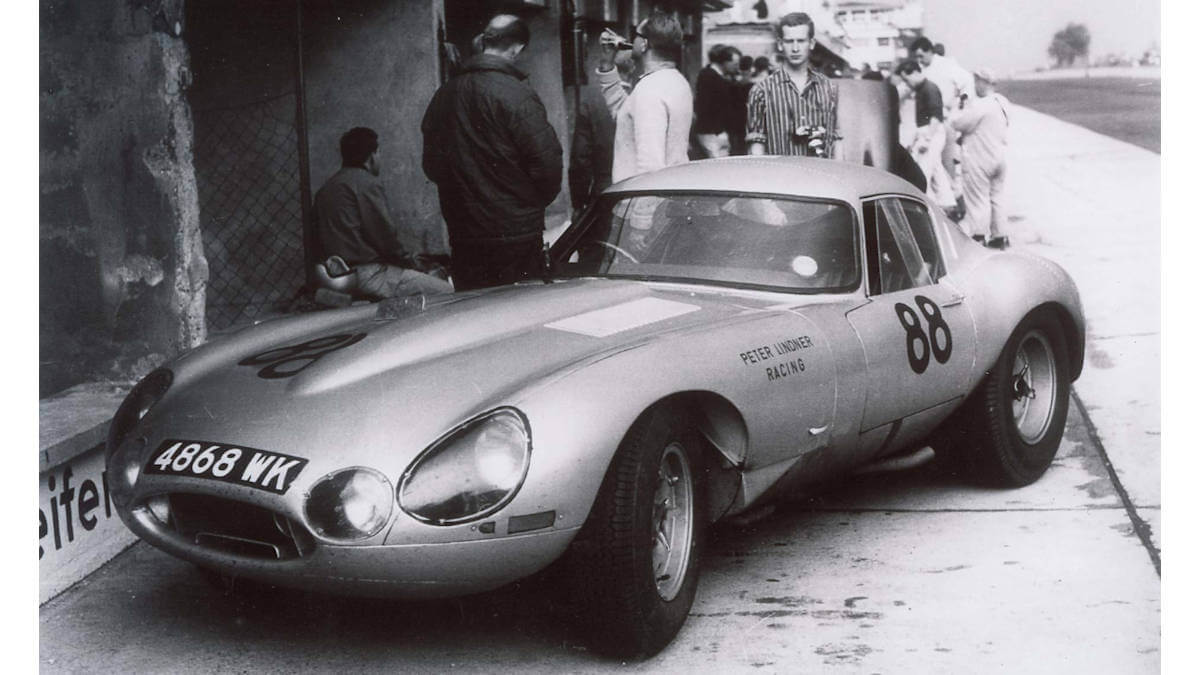

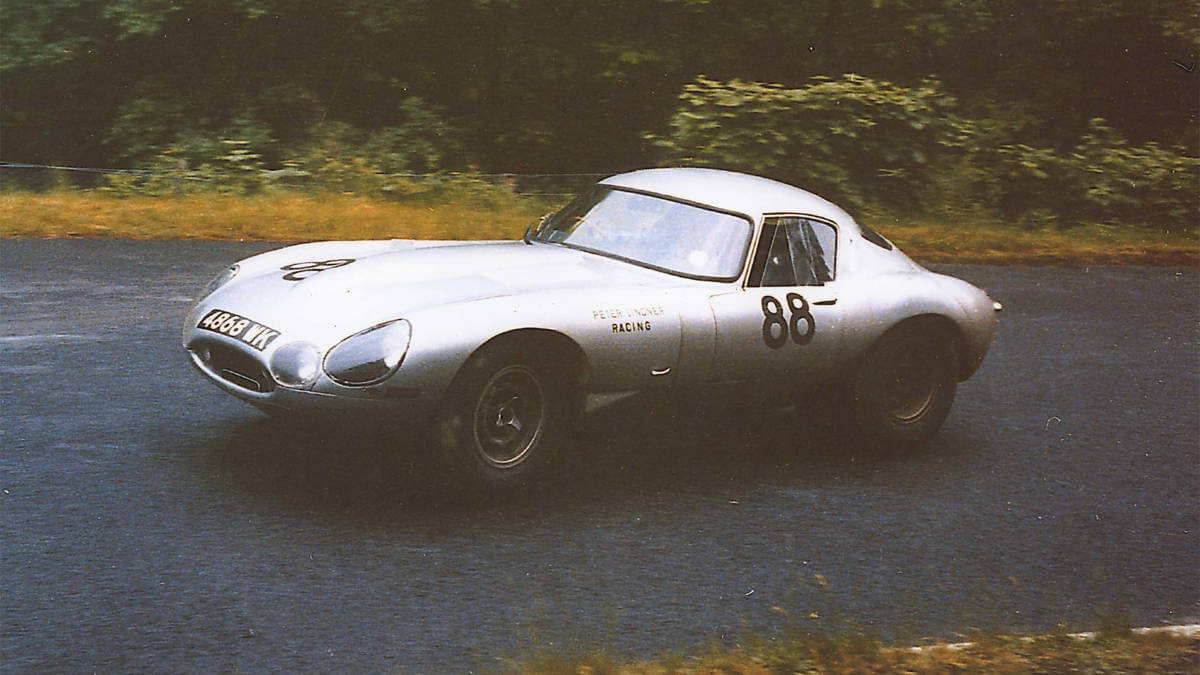

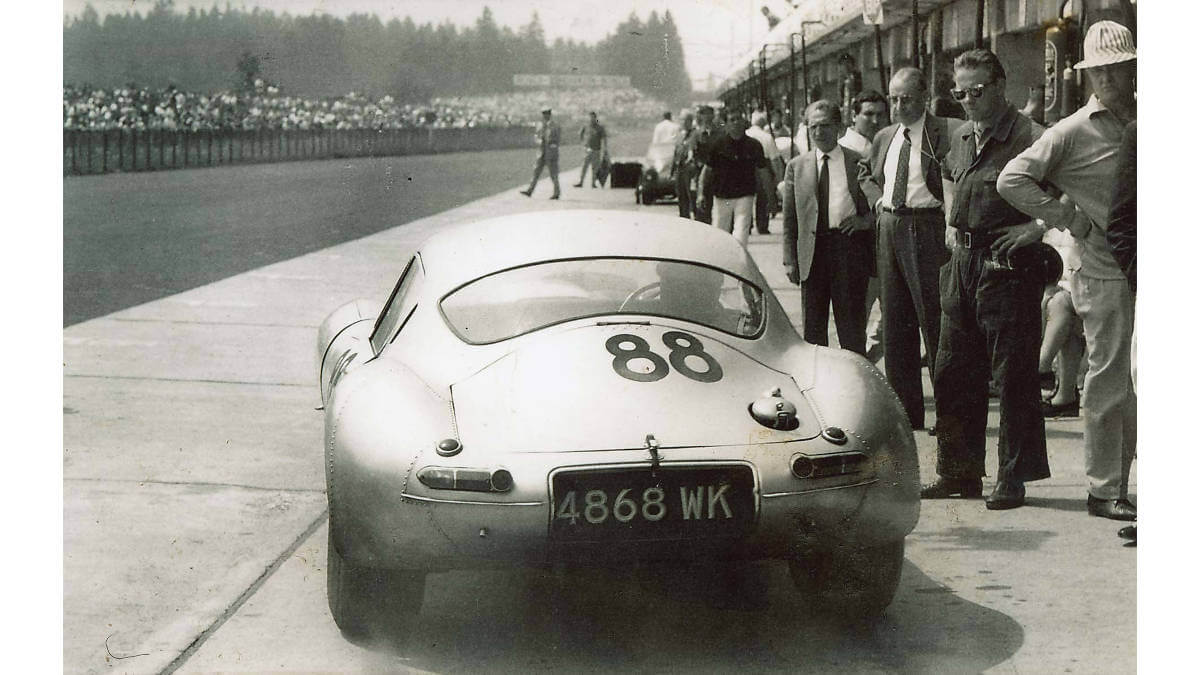

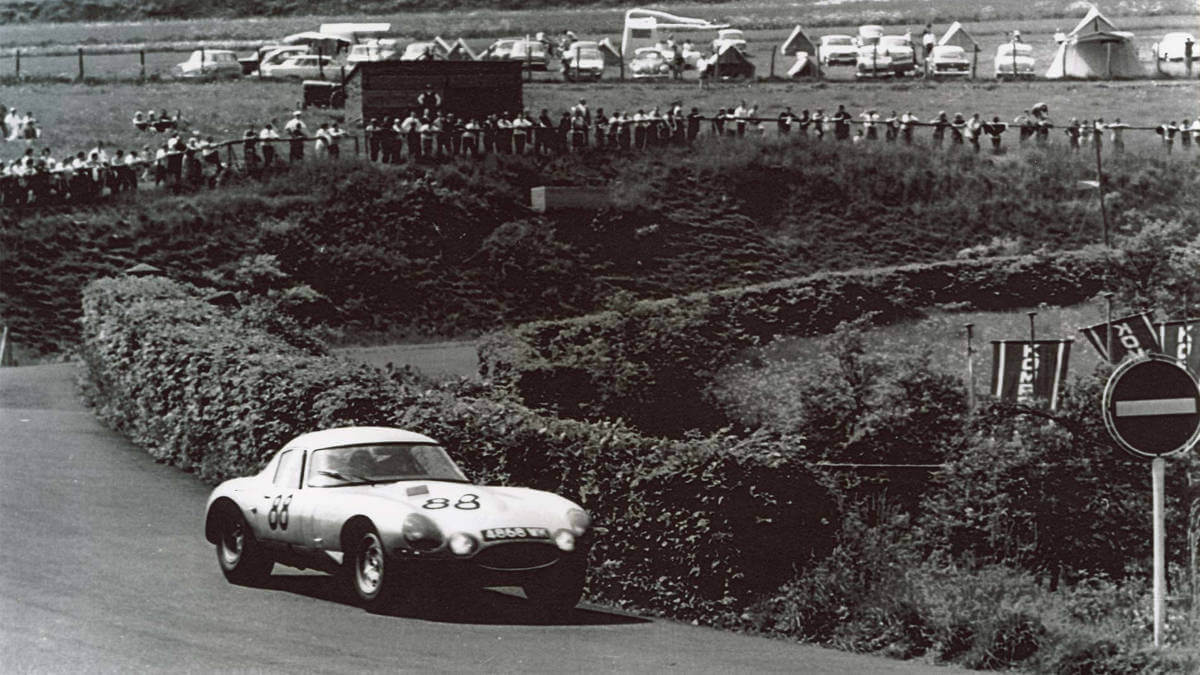

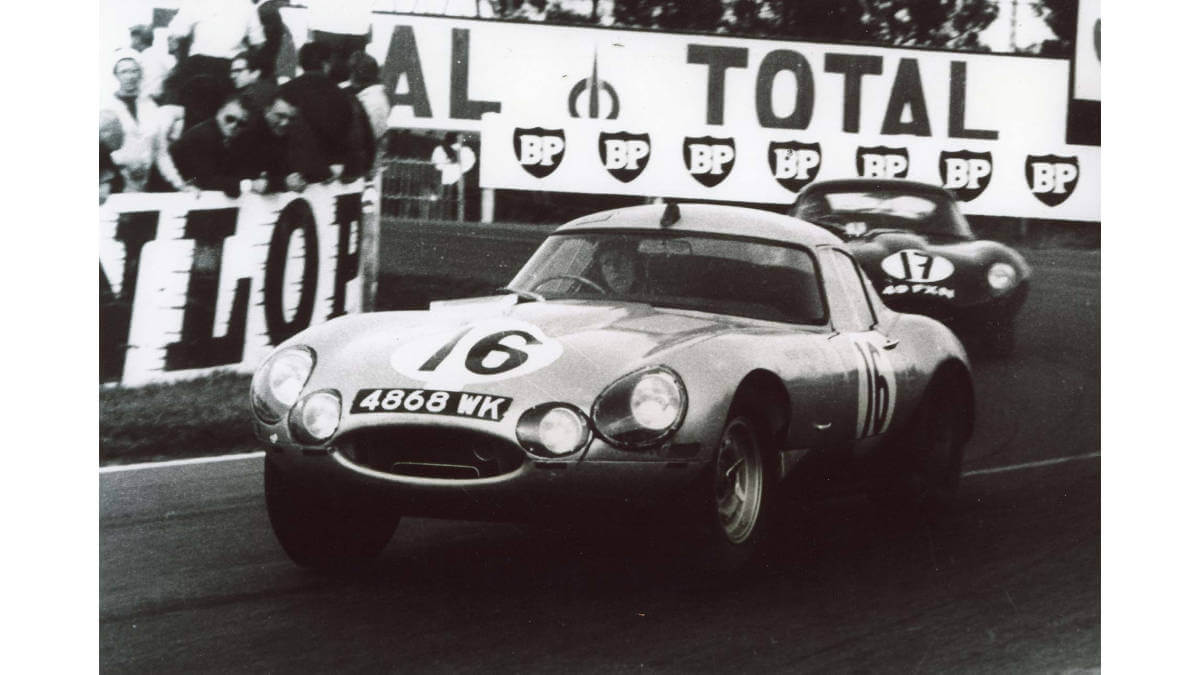

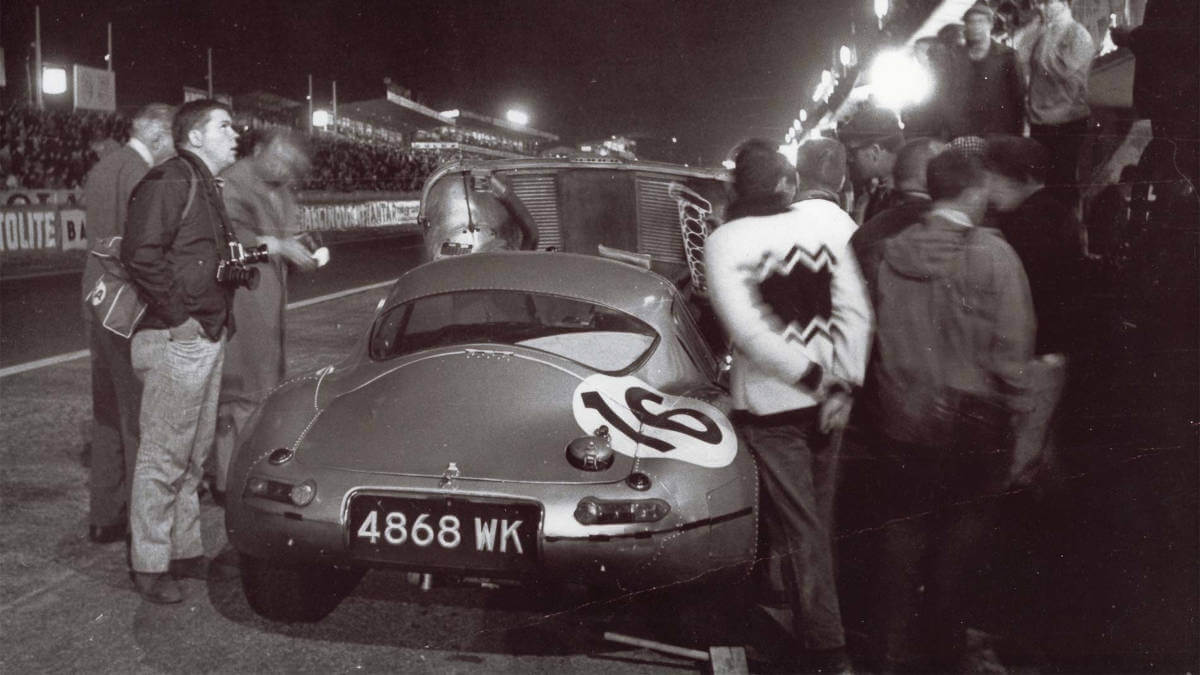

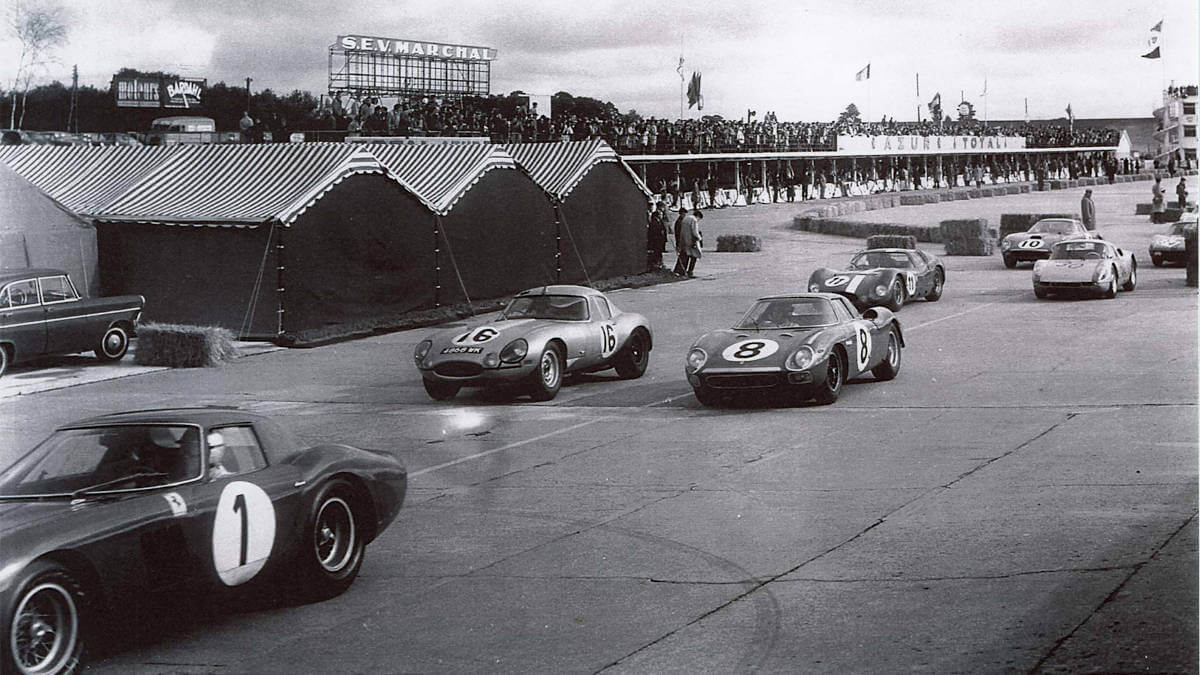

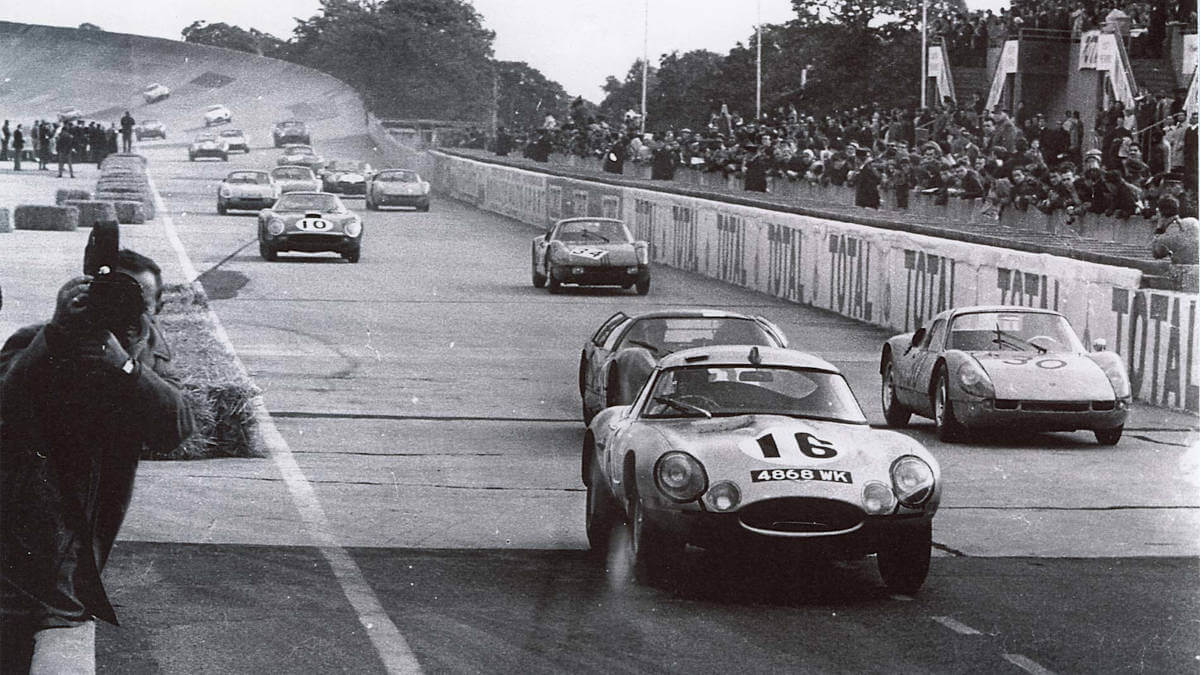

Short racing career as a Low Drag Coupé
At the start of the 1964 racing season, the first and ultimately only E-Type Lightweight Low Drag was ready on its wheels. Peter Lindner named the car for the 1,000-kilometer race at the Nürburgring together with Peter Nöcker. Both already knew each other from various other joint races. Together they also entered the 24-hour race at Le Mans, where the E-Type competed against cars such as the Ferrari 250 GTO or the Shelby Cobra Daytona Coupé. Despite a promising position, the Lindner/Nöcker team retired in the early hours of the morning. A few months later at the 1,000-kilometer race of Paris in Montlhéry, Peter Lindner crashed and died as a result of the accident.
Extensive rebuild
As a result of the fatal accident, the French police conficated the wreckage and kept it under lock and key for many years. It wasn’t until 1974 that Patrick Linsard was able to sign a purchase agreement. The E-Type then ended up first at Lynx in Great Britain and finally at the Rosso Bianco Collection in Aschaffenburg/Germany. When this had to close in 2007, Peter Neumark bought the car in an effort to restore the Low Drag bodywork. For this, he commissioned the E-Type specialists at Classic Motor Cars (CMC) in the UK. In total, more than 5,000 man-hours went into restoring the exterior alone, while retaining as much of the original substance as possible. Although it may seem incredible, 90 percent of the original sheet metal was reused. Another 4,000 hours went into the drivetrain and interior. Now Peter Neumark sold the car to a new owner through Girardo & Co.
Images: Girardo & Co.


